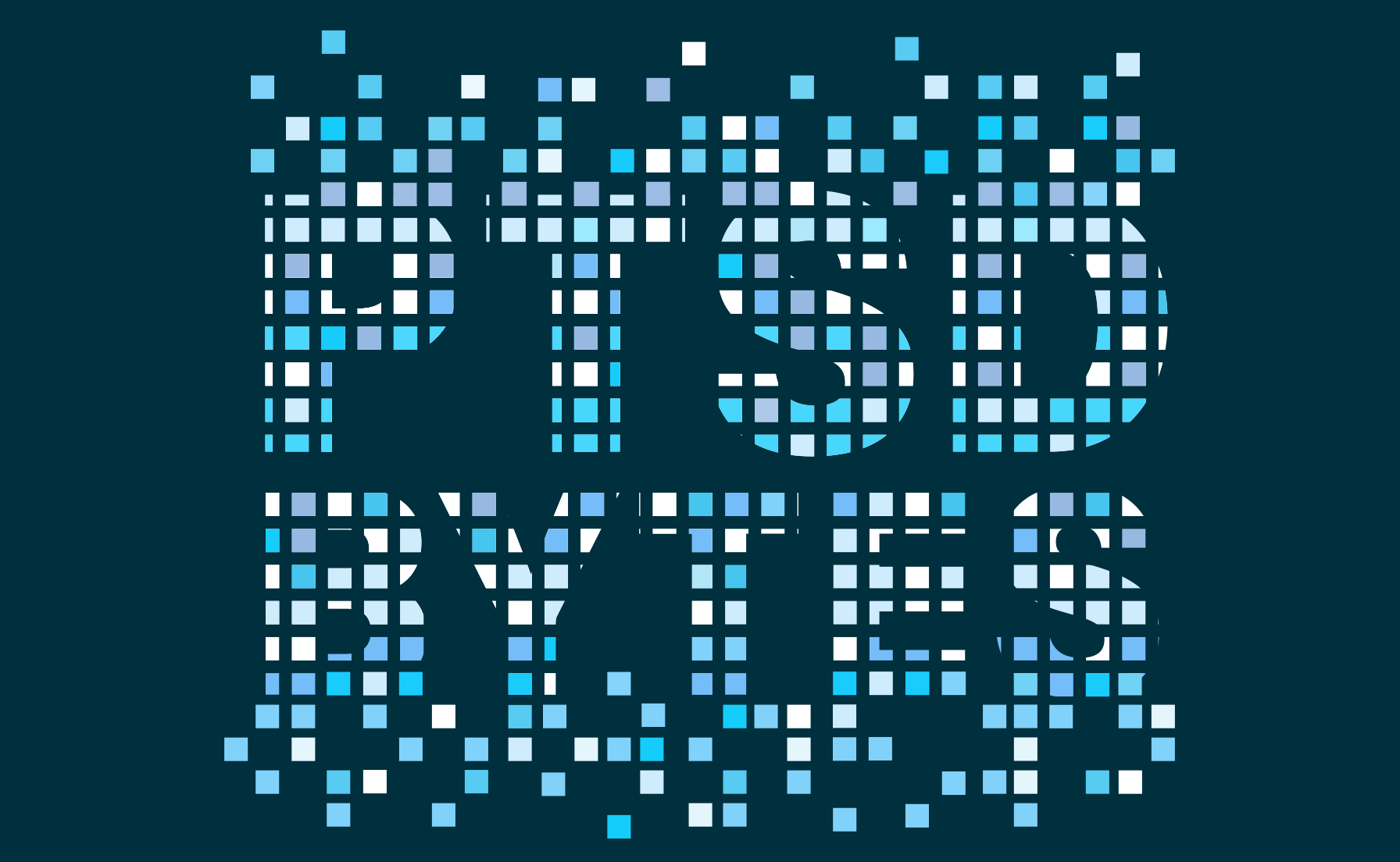PTSD: National Center for PTSD
Self-Harm and Trauma
Self-Harm and Trauma
People may hurt themselves and this can take many forms. Self-harm includes self-abuse, cutting and other behaviors. If you self-harm, you are more likely to have PTSD. Learn more about self-harm behaviors and their relationship to trauma and PTSD.
Reading time: minutes
What is self-harm?
Self-harm refers to a person harming their own body on purpose. Other terms for self-harm are "self-abuse" or "cutting." A person who self-harms is not trying to die by suicide.
Self-harm tends to begin in teen or early adult years. Some people may engage in self-harm a few times and then stop. Others engage in it more often and have trouble stopping the behavior.
How common is self-harm?
The rates of self-harm vary widely, depending on how researchers ask questions about it. It is estimated that in the general public, between 2 and 6 people out of every 100 (or 2% to 6%) engage in self-harm at some point in their lives. Among students, self-harm is more common, ranging from 13 to 35 out of every 100 (or 13% to 35%).
Self-harm is also higher among those who are getting treatment for mental health problems.
Who engages in self-harm?
People who engage in self-harm, as compared to others, have more negative feelings such as fear or worry, depression, and aggressive impulses. These negative feelings are also more intense. Links have also been found between self-harm and feeling numb or feeling detached from—or outside of—one's own body. Often those who self-harm have low self-esteem and have trouble expressing their feelings. Research is helping us learn more about how self-harm varies by gender identity. Currently it is not clear whether self-harm is more common in women or men.
Those who self-harm appear to have higher rates of PTSD and other mental health problems. Self-harm is most often related to going through trauma in childhood rather than as an adult.
Those who self-harm very often have a history of childhood sexual or physical abuse. They may have experienced emotional neglect, been separated from their caregivers, or had weak or unstable bonds with those caregivers. Some research has looked at whether certain aspects of childhood sexual abuse increase the risk that survivors will engage in self-harm as adults. The findings show that more severe, more frequent, or longer-lasting sexual abuse is linked to an increased risk of engaging in self-harm in one's adult years.
Why do people engage in self-harm?
While many ideas have been offered, the answer to this question may vary from person to person. Research on the reasons for self-harm suggests that people do so for many reasons, including self-harming to:
- Decrease feelings of numbness
- Reduce stress, tension and anger
- Block upsetting memories
- Turn anger inward rather than directing it toward others
- Express a need for help and protection
How is self-harm treated?
Self-harm is a problem that many people are embarrassed or ashamed to discuss. Often, they try to hide their self-harm behaviors. They may hold back from getting mental health or even medical treatment.
Self-harm is often seen with other mental health problems like PTSD or substance abuse. For this reason, it does not tend to be treated separately from the other mental health problems. Some research suggests that adding therapy focused just on the self-harming behavior may result in less self-harming.
There have not yet been strong studies on using medicine to treat self-harm behaviors. For this reason, experts have not reached agreement on whether medicines should be used to treat self-harm behaviors.
You May Also Be Interested In


























